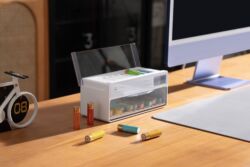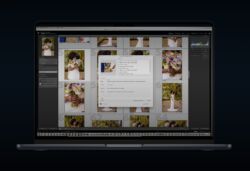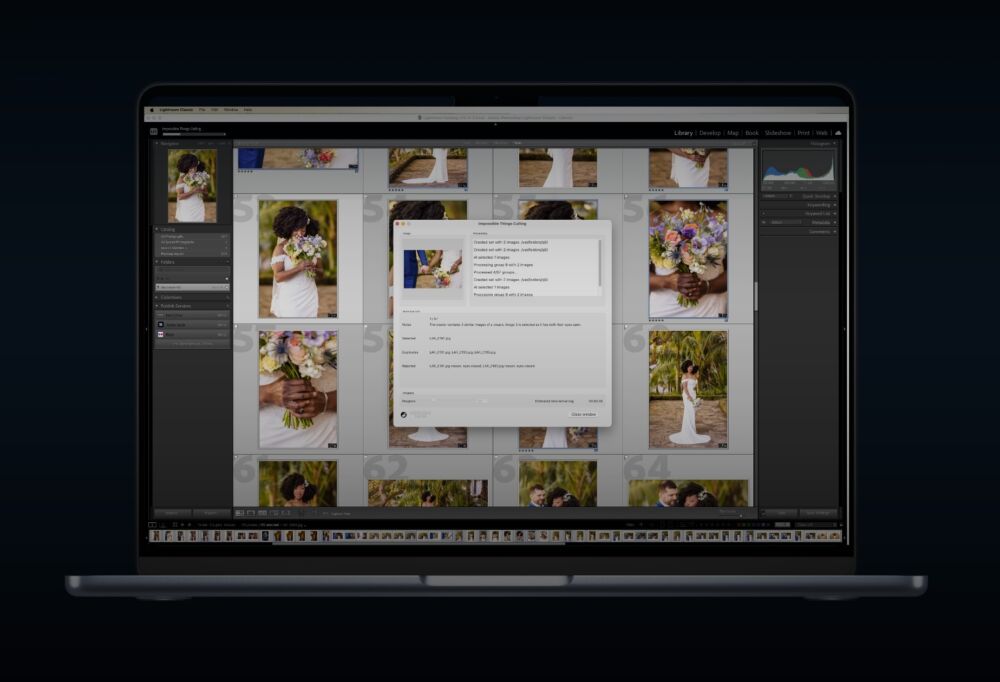Despite getting some of the lowest amounts of rain in the US, wildflowers are actually a regular spring occurrence in the desert. However, if weather patterns brings sufficient rain at least once or twice per month, every month in the late fall and winter, the regular flower display can erupt into a wondrous spectacle, a once-in-a-lifetime experience. In this article, we’ll give you tips on photographing death valley flowers.
Flower Bloom In Death Valley
It has been called the “Hundred Year Bloom” before, at least, that’s what it was called when I visited Death Valley in 2005 when the last Superbloom occurred. I don’t know how such a phenomenon is measured or classified as this or that, but I think at this point it’s irrelevant. The cat is out of the bag either way, and you should definitely visit Death Valley. Sometimes the wildflower bloom, whatever you want to call it, is both impressive and long-lasting.
 Numerous green buds showing lots of promise, January 21st, 2016
Numerous green buds showing lots of promise, January 21st, 2016
There are currently a couple more rain storms predicted for the next ten days in Southern California, so you can expect the wildflowers to continue being impressive all the way into April.
The Best Spots To See Wildflowers in Death Valley
So, where should you go to see the wildflowers? Every park ranger in Death Valley will probably hear this question a few thousand times this year, and unfortunately, the answer will change every week.
So, the best advice I can give is to just get out and explore! It is so much more rewarding when you stumble upon something all by yourself, compared to being given GPS coordinates to an exact spot.
 Somewhere near Badwater Road and Jubilee Pass, January 21, 2016
Somewhere near Badwater Road and Jubilee Pass, January 21, 2016
With that in mind, Death Valley flowers usually bloom first at the lowest elevations, then work their way “up” as freezing winter temperatures subside and give way to more suitable conditions for wildflowers to bloom.
Usually, what this means is, flowers will first appear in the southern parts of Death Valley, where the elevation is actually well below sea level, and temperatures might stop going below freezing as early as January. That’s certainly what happened this year, as you can see from the photos I captured on January 21st.

Then, in February, March, and even April, the other areas of the park begin to bloom. Both in 2005 and in 2016, another good spot is likely to be along the road to Scotty’s Castle, just north of the junction leading to Stovepipe Wells and Beatty, NV.

Death Valley “100-Year Bloom”, 2005 – Furnace Creek Campground Area
This year, because both Scotty’s Castle and Jubilee Pass have been closed by severe flood damage, here’s my hottest tip: just keep driving! You will probably pass miles and miles of other folks stopped along the road, excited by the very first little patch of Death Valley flowers they see. Keep going! Ignore at least one or two cries of “ohhh, WOW!!!” from the passengers in your car. In my experience it’s better to drive past a few amazing spots, then turn around and back-track a little bit, instead of repeatedly stopping as the wildflower displays get better and better. (Get a full tank of gas in Pahrump, NV for dirt-cheap, and you should be good to go!)

The wildflower known as Desert Gold, (Geraea Canescens) likes to bloom on the alluvial fans and in the foothills of mountains, and Sand Verbena, (Abronia Villosa) likes to mix itself in among the Desert Gold, along the washes and in other sandy areas.


There are many other varieties of Death Valley flowers, but I’ll leave some of the fun of ID’ing them up to you! Reports have been coming in of 10+ varieties of flower all together in one place. There are two great websites to get more information on wildflowers, www.desertusa.com.
Please Don’t Trample The Wildflowers!
Whenever this type of breathtaking phenomenon occurs, National Park visitor numbers spike tremendously. Nearly every news publication hypes up this super bloom news, brining in heavy crowds. If you can, try and visit on a weekday.
While this is a great thing for the financial support of the NPS (National Park Service), it is also certainly going to put a significant burden of auto and foot traffic on the landscape itself.
(Recorded January 21st, 2016)
If you decide to visit Death Valley in the next few weeks especially, please be courteous to other visitors by not carelessly “romping” in the Death Valley flowers. Yes, we’ve all seen those fun, almost magical photos of a model or a couple playfully standing, sitting, or even laying in a field of flowers. If you want such a photo for yourself, that’s fine! Just try and be as respectful as possible, especially if you’re trying to sit among the flowers. In my opinion, no photo is worth the ruining of a gorgeous field of flowers.

I know that this encouragement may not reach the eyes or ears of the hordes of tourists who are currently piling onto tour buses in Los Angeles, but hopefully, the word will spread, and more folks will remember to temper their excitement with a lasting appreciation for the wondrous beauty that mother nature has offered us this year.
 Photo by Jason Berry – www.jasonberryphotographer.com
Photo by Jason Berry – www.jasonberryphotographer.com
Photography Tips For The Death Valley SuperBloom
What are my favorite technical tips for the more serious photographers who plan on documenting this phenomenon? First and foremost, golden hour light is your best friend, but wind is often your worst enemy. A solid tripod and lots of patience will be your best tools. Sometimes a sunset will be extremely windy, yet the following sunrise will be perfectly calm. Grab your tripod and your shutter release (or set up your camera’s exposure delay mode), and shoot more than one shot. If there is a slight breeze and you want to to eliminate all motion in your frame, bumping up your ISO a little bit shouldn’t be considered taboo, even if you’re a “hardcore” landscape photographer. Alternately, you can also try opening up your aperture a bit to get a faster shutter speed, and bracketing focus instead.
I find that all types of focal lengths can prove useful when photographing intricate details in such an open, vast expanse. Even if you already feel like you have a style and a favorite lens, don’t leave home that other telephoto or wide lens. You’ll be surprised at just how many opportunities present themselves, from 14mm to 200mm!

Lastly, one of my best tips to photographers when photographing Death Valley flowers is to take it slow. Check your focus, check all your camera settings actually. Murphy’s law of photography states that the more exciting a scene is, the more you’re likely to accidentally bump your camera from RAW to JPG while driving from spot to spot, or leave your ISO at 3200 instead of 100 when shooting a sunrise, or to just plain not bother checking focus on that one “trophy” shot that you can’t stop thinking about on your drive home. Save yourself from any “D’oh!” moments when you get home and load your images onto your computer!
Be Courteous To Other Photographers
If you’re a serious photographer, you’ll probably be pursuing the more remote locations. The spots where vast expanses of Death Valley flowers are blooming pristinely, or where small patches of wide varieties of flowers are all together in one place.
I hope these folks (who claim to have a higher appreciation for the outdoors than the average tourist!) will also remember to tread lightly, place their tripods with care, and hopefully allow the more impressive displays to endure for the next photographer who comes along.
There are innumerable washes and side canyons you can explore, and maybe you’ll be the first, or even the only, photographer to ever see that specific display of flowers. How extremely special to photograph! Still, just in case someone else has the exact same hunch as you, the best thing to do is to always practice the “leave no trace” policy as much as you can.

Travel Safe, and Happy Adventures!
Lastly, keep in mind that Death Valley, as its name implies, is a wilderness area that is not safe to visit under-prepared. Flash floods can strand you even on a paved road, or simple car trouble could rapidly put you in an unpleasant overnight situation. My advice? Never visit the desert without a 2-3 days’ supply of water, period. A gigantic 5-7 gallon water jug is just a few dollars at REI, and it could save your life. Oppositely, check the weather before you go, and take flash flood warnings very seriously! For more tips, see our article on Desert Photography Tips.
Of course, if you’re staying near your car, and your car is on a paved or graded road, there’s a 100% chance that a park ranger will come by every now and then, so if anything serious does happen, the best thing you can do is just stay with your vehicle.
 Nikon D750, Tamron 90mm f/2.5 Adaptall Macro, Tripod, Lightroom CC
Nikon D750, Tamron 90mm f/2.5 Adaptall Macro, Tripod, Lightroom CC












